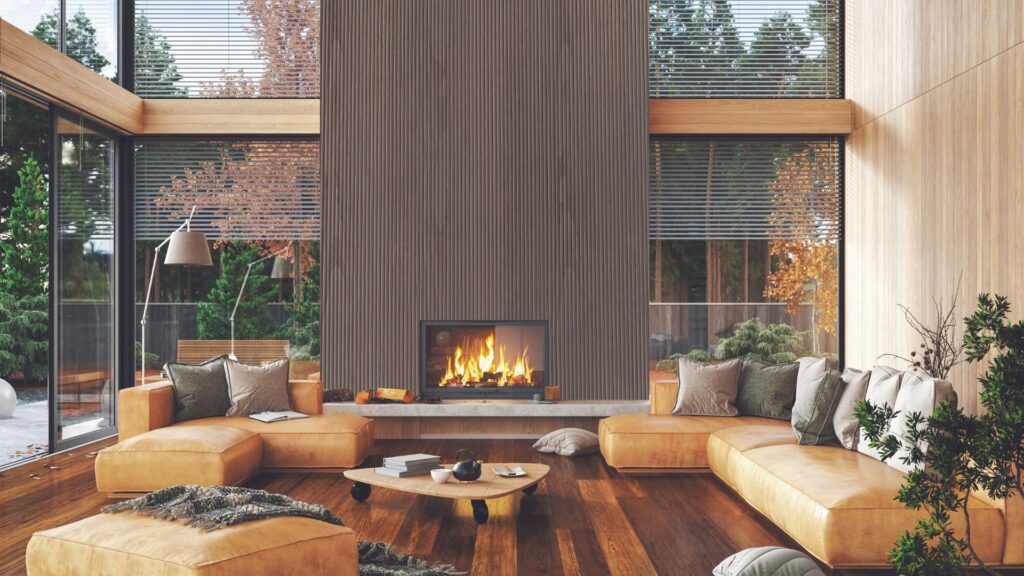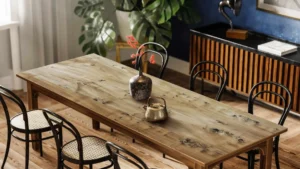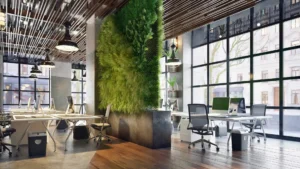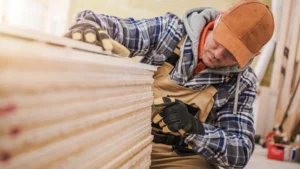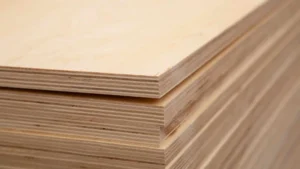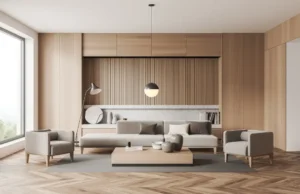In the field of interior design and woodworking, decorative veneers have become a very popular material that can enhance any project greatly. From unique wood types to creative patterns and textures, they provide limitless choices for making spaces special.
In the following blog post, we will explore what is new and inspiring in decorative veneers. We will show you how this classic material can be used in various fresh and interesting ways.
1. Sustainable and Eco-Friendly Decorative Veneers

Eco-friendly veneers are getting more popular as sustainability becomes a crucial element in design. The industry now provides veneers that come from forests managed responsibly or made with materials recycled before. Veneers made of bamboo, for example, are trendy because they grow quickly and can be renewed. These sustainable choices are not only good for the environment, but they also make any area look distinct and naturally appealing.
2. Bold and Geometric Patterns
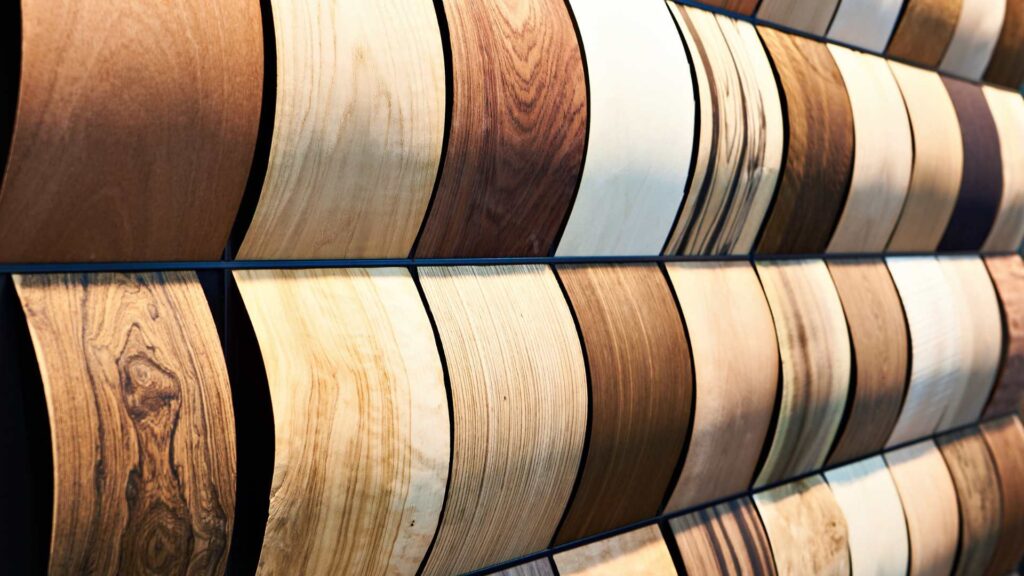
No more simple, boring surfaces. Designers now use strong and geometrical patterns that create a powerful visual effect. From complex herringbone and chevron designs to fascinating honeycomb or hexagonal layouts, these attention-grabbing patterns give character and dynamism as well as a modern style to furniture, feature walls and even floorings. These geometric veneers, formed by mixing wood species or using different colours, produce a delightful interaction between light and dark. They become the centre of attention in any space.
3. Textured and Tactile Surfaces
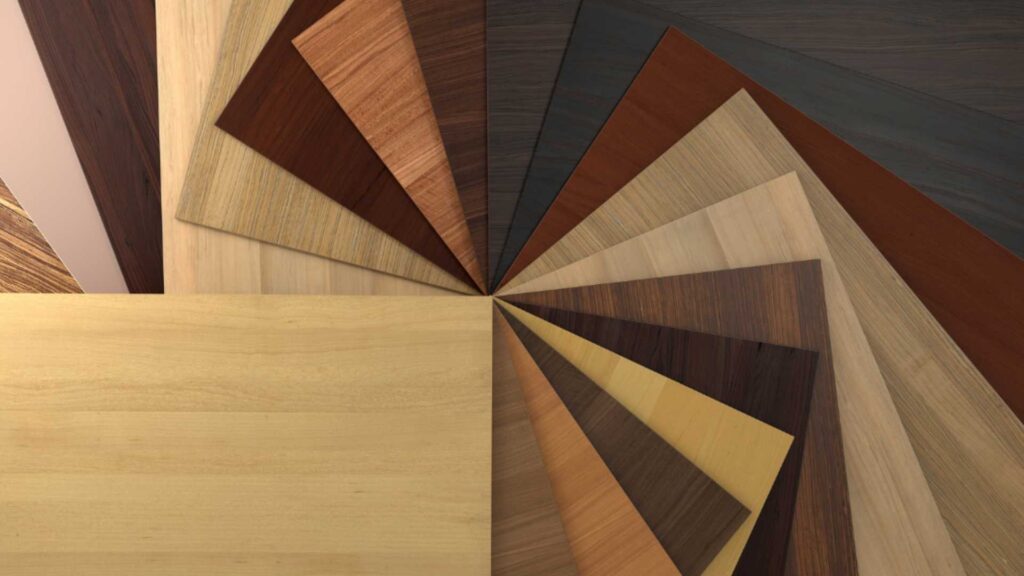
In the realm of smooth and shiny finishes, textured veneers are getting a revival. Designers play around with different methods to make surfaces that can be felt, bringing in touch elements that add an inviting warmth and personality to areas. Wire-brushed veneers have a delicate linear texture that emphasizes the natural grain of wood.
Other well-liked finishes are sandblasted, distressed and cerused veneers, all of which give a different appearance and touch. These roughened surfaces not only bring about visual fascination but also create an impression of handwork and genuineness.
4. Mixed Media and Material Combinations
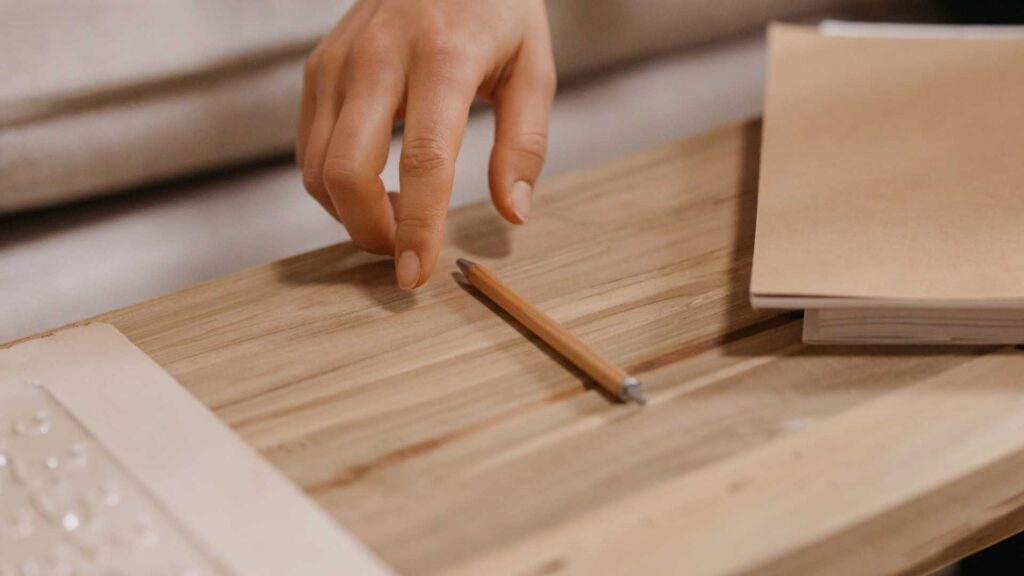
The trend that stands out the most in decorative veneers is the combination of various materials to make distinct and mixed designs. Designers are blending wood veneers with metal inlays, resin details as well as leather or fabric inserts – this pushes past standard woodworking norms.
The mix of media frequently highlights a merging of natural and factory-like items, creating an interesting contrast that gives more dimension to any area. There is no limit to what you can make, making it possible to create something unique and special that shows your style and creativity.
5. Artisanal and Handcrafted Decorative Veneers
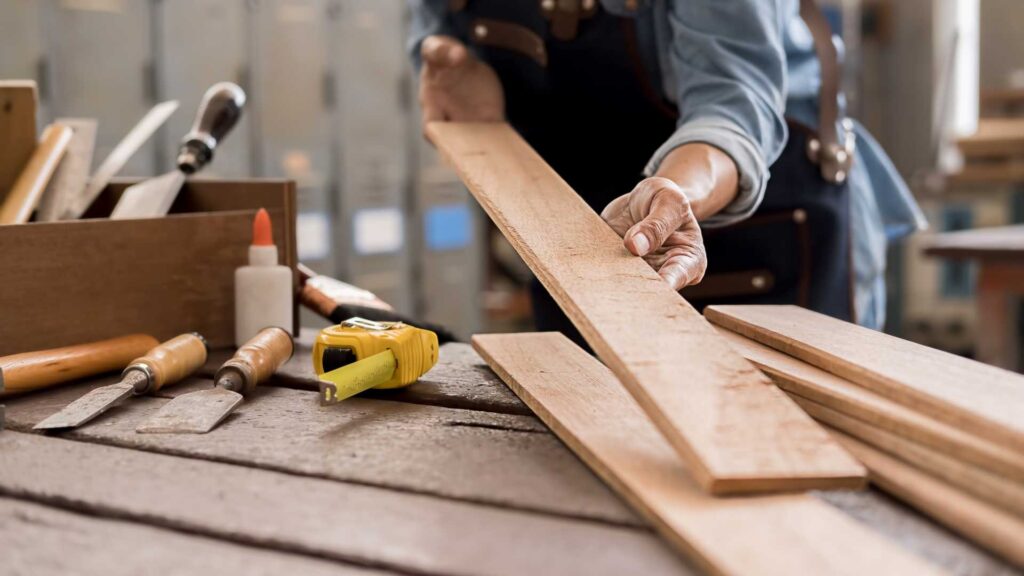
In a time where everything is made in big quantities, people are valuing the touch of an artisan and handcrafted veneers. These custom-made pieces display the skill and knowledge of master craftsmen who carefully choose, cut out and put on every veneer by hand.
Whether it is complex marquetry patterns or details that have been painted and covered with gold leaf, these natural-looking strips show true artwork, which gives any indoor area a sense of luxury plus rarity. Different kinds of wood, like ebony, rosewood or burl, which are unique and not common, can be used in making these items. This adds more worth and charm to them.
6. Geometric Inlays and Parquetry
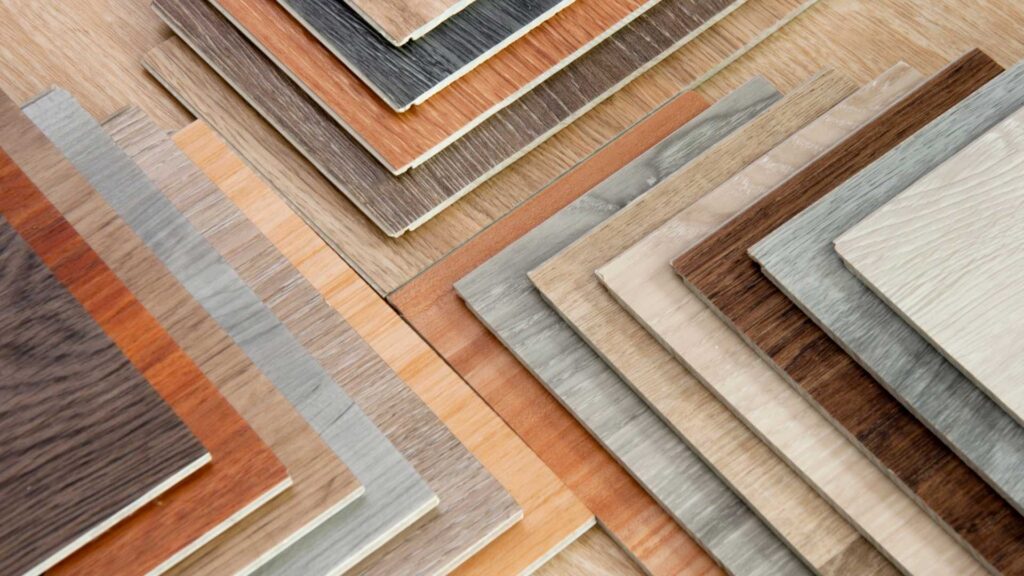
Geometry is becoming popular again with decorative veneers. This method of making complex designs by arranging and fitting small pieces of veneer together adds a touch of sophistication to furniture, flooring as well and wall panels. Geometric inlays come in various patterns, from traditional Art Deco styles to modern and abstract looks; they allow for limitless ways to personalize the design. A lot of times, you see different types of stains of wood mixed together. This gives a lively and strong visual impact.
7. Ombre and Gradient Effects
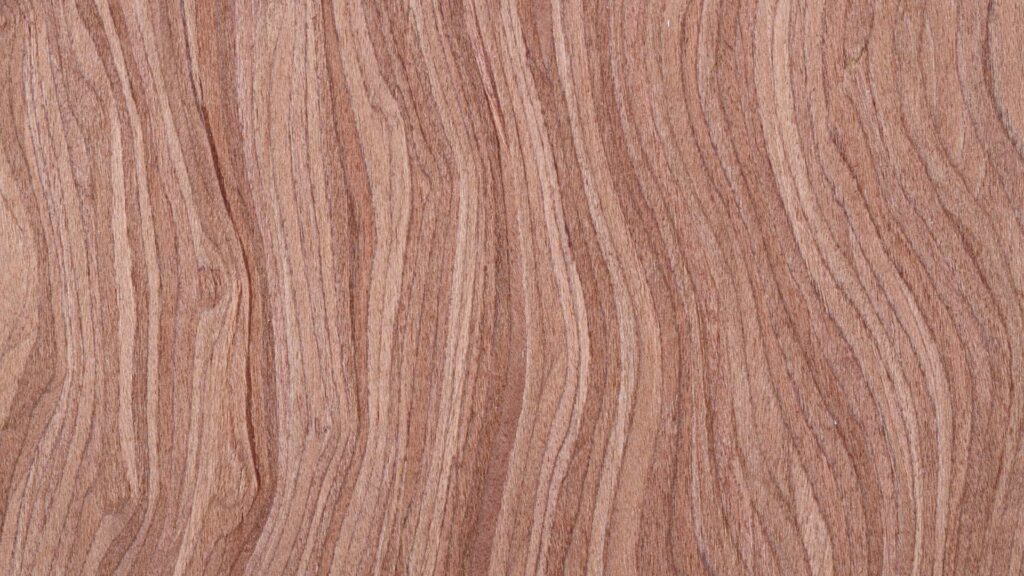
Fashion and graphics have inspired the use of ombre and gradient effects on decorative veneers. By blending various shades or colours of veneer, designers can make a smooth transition that is fascinating and liquid-like while enhancing the surface with depth and dimension.
This effect can be reached by picking out and placing veneers carefully or utilizing special dyeing methods. A special charm of ombre and gradient veneers is shown when they cover big areas, like a wall or a strong piece of furniture that expresses itself. This gives a feeling of motion and attraction to the eyes.
Also Read: Things to Keep in Mind When Choosing Decorative Veneers
8. Laser-Cut Decorative Veneers
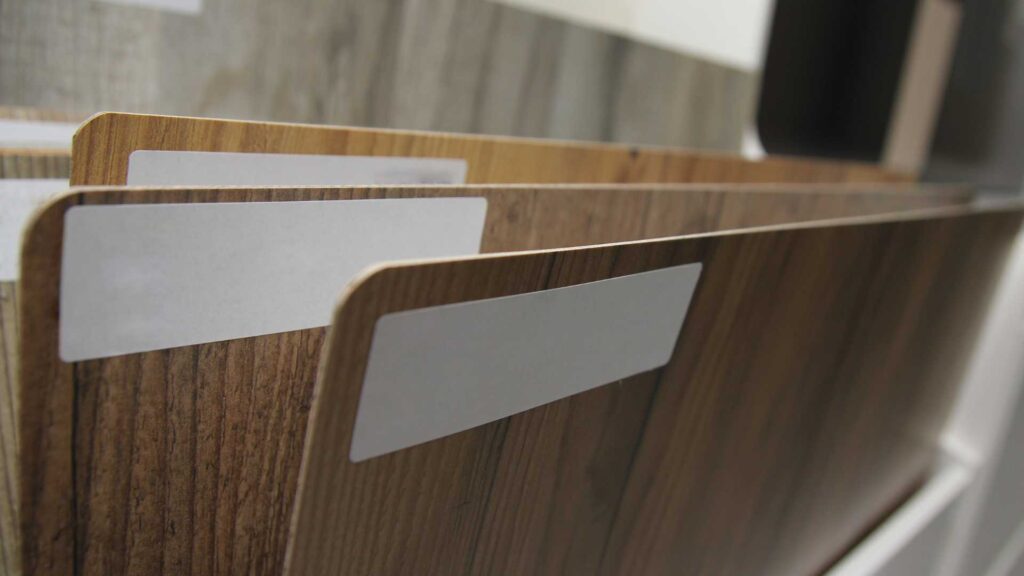
Technology has brought about a fresh phase for decorative veneers. Laser-cut designs are the latest in this advancement. With the help of precise laser-cutting machines, complex patterns and designs can be engraved or cut into veneers to make visually impressive effects possible.
Ranging from subtle lace-style patterns to sharp geometric shapes, laser-cut veneers give every project an up-to-date and advanced appearance. They have many uses, like being placed on top of furniture for decoration or serving as panels on walls and doors. Additionally, they can stand alone as art pieces that go beyond the limits of usual woodworking.
Bottom Line
As we go deeper into the details of decorative veneers, it’s obvious that this adaptable substance is always changing and adjusting to new design fashions and ideas. From environmentally friendly choices to strong patterns, rough surfaces, and diverse media mixtures – veneer provides a limitless range of creativity and inventiveness.
